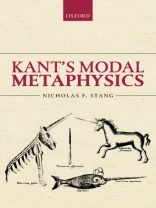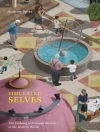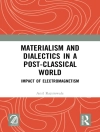What is possible and why? What is the difference between the merely possible and the actual? In Kants Modal Metaphysics Nicholas Stang examines Kants lifelong engagement with these questions and their role in his philosophical development. This is the first book to trace Kants theory of possibility all theway from the so-called pre-Critical writings of the 1750s and 1760s to the Critical system of philosophy inaugurated by the Critique of Pure Reason in 1781. Stang argues that the key to understanding both the change and the continuity between Kants pre-Critical and Critical theory of possibility is his transformation of the ontological question about possibility-what is it for a being to be possible?-into a question in transcendental philosophy-what is it torepresent an object as possible? The first half of Kants Modal Metaphysics explores Kants pre-Critical theory of possibility, including his answer to the ontological question about the nature of possibility, his rejection of the traditional ontological argument for the existence of God, and his own argument that God must exist to ground all possibility. The second half examines why Kant reoriented his theory of possibility around the transcendental question, what this question means, and how Kant answered it in the Critical philosophy. Stang shows that, despite this reorientation, Kants basic scheme for thinking about possibility remains constant from the pre-Critical period through the Critical system. What had been an ontological theory of possible being is reinterpreted, in the Critical system, as a theory of how we must represent possible objects, given the nature of our intellect.
Nicholas F. Stang
Kant’s Modal Metaphysics [PDF ebook]
Kant’s Modal Metaphysics [PDF ebook]
购买此电子书可免费获赠一本!
语言 英语 ● 格式 PDF ● 网页 352 ● ISBN 9780191021091 ● 出版者 OUP Oxford ● 发布时间 2016 ● 下载 3 时 ● 货币 EUR ● ID 5280421 ● 复制保护 Adobe DRM
需要具备DRM功能的电子书阅读器












